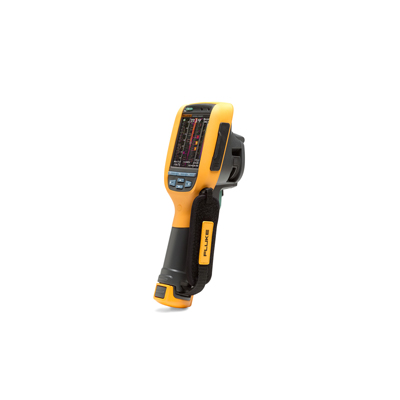Which one? (Part III) – FLIR E Series for Electrical/Mechanical Applications
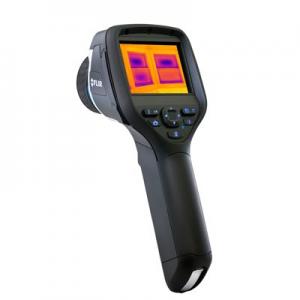 The epic saga of the FLIR “How to Choose” summaries continues with this third installment. This time around we are taking a look at the E series cameras with particular regard to electrical and mechanical applications. FLIR’s video lists the same jobs as in its i-series videos but notes that the E series is most useful for applications that require more frequent thermal camera use.
The epic saga of the FLIR “How to Choose” summaries continues with this third installment. This time around we are taking a look at the E series cameras with particular regard to electrical and mechanical applications. FLIR’s video lists the same jobs as in its i-series videos but notes that the E series is most useful for applications that require more frequent thermal camera use.






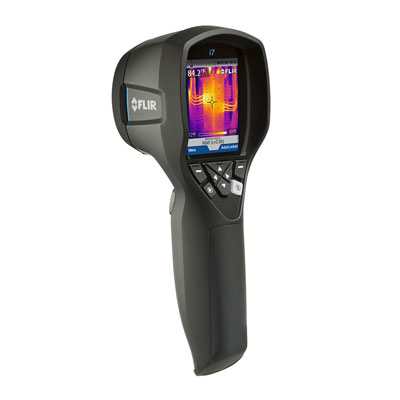 Whether you’re a plant/building MRO professional, electrical or HVACR contractor, or a building inspector, FLIR’s i-Series infrared (IR) cameras allow you to see what you’ve been missing. Rugged, lightweight, and affordable, FLIR i3, i5, and i7 IR cameras feature a large 2.8-inch color LCD that lets you view detailed temperature variations on critical systems, components, and connection panels.
Whether you’re a plant/building MRO professional, electrical or HVACR contractor, or a building inspector, FLIR’s i-Series infrared (IR) cameras allow you to see what you’ve been missing. Rugged, lightweight, and affordable, FLIR i3, i5, and i7 IR cameras feature a large 2.8-inch color LCD that lets you view detailed temperature variations on critical systems, components, and connection panels.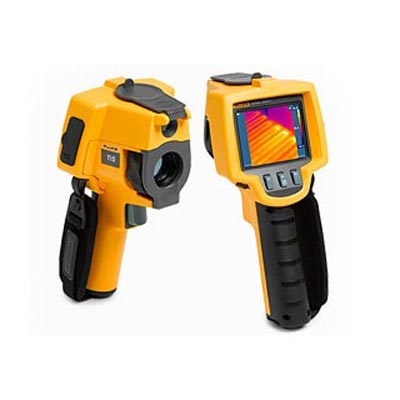 Today let’s talk about inexpensive thermal cameras, specifically the Fluke TiS. As you heard from me previously, and know from being in the field, Fluke is a manufacturer at the top of their game. The Tis is Fluke’s entry level offering in the thermal market and it is, as usual, a solid piece of equipment.
Today let’s talk about inexpensive thermal cameras, specifically the Fluke TiS. As you heard from me previously, and know from being in the field, Fluke is a manufacturer at the top of their game. The Tis is Fluke’s entry level offering in the thermal market and it is, as usual, a solid piece of equipment.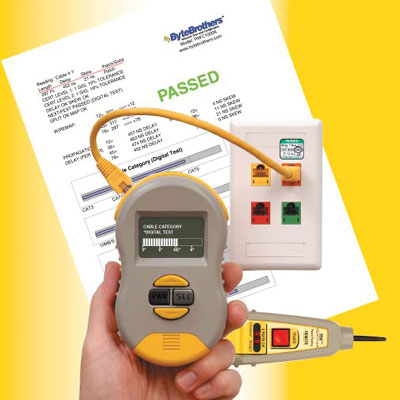 Providing clients with proof that your work is installed properly is becoming more and more commonplace. Companies spend a lot of money to have networks installed in their offices and they want some guarantee that things are what you say they are. The Byte Brothers Real World Certifier does exactly that. In some respects, the RWC1000K is similar to the LVPRO3 that I reviewed last week.
Providing clients with proof that your work is installed properly is becoming more and more commonplace. Companies spend a lot of money to have networks installed in their offices and they want some guarantee that things are what you say they are. The Byte Brothers Real World Certifier does exactly that. In some respects, the RWC1000K is similar to the LVPRO3 that I reviewed last week.